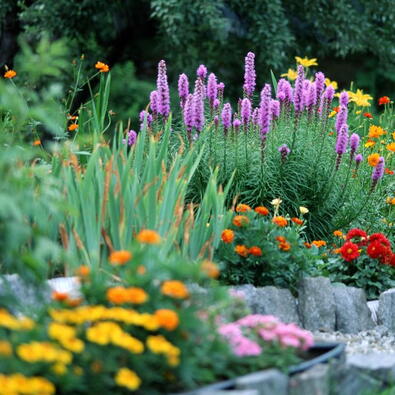
Embarking on a journey to cultivate a thriving green space not only enhances our surroundings but also nurtures our connection with nature. Whether adorning our yards, beautifying indoor spaces, or contributing to the broader environment, selecting the right plants is essential. In this guide, we'll unveil the top two plants renowned for their versatility, resilience, and environmental benefits.
Best Plants for Your Yard:
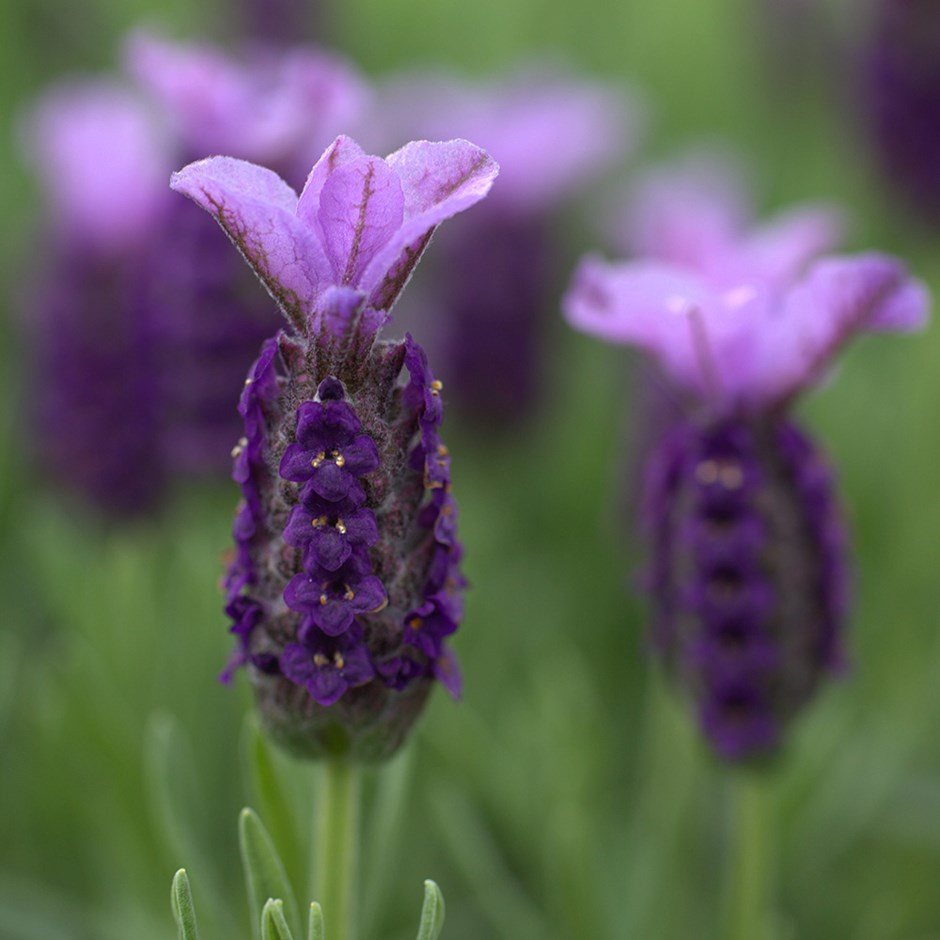
Lavender (Lavandula)
Lavender, with its fragrant blooms and myriad uses, reigns supreme as one of the best plants for outdoor landscapes. Thriving in well-drained soil and full sunlight, this resilient herb adds a touch of elegance to any yard. Renowned for its calming aroma and insect-repelling properties, lavender attracts pollinators like bees and butterflies, fostering biodiversity. Additionally, its drought-tolerant nature makes it a sustainable choice for water-wise gardening, requiring minimal irrigation once established. From vibrant purple hues to delicate foliage, lavender infuses outdoor spaces with beauty and charm.
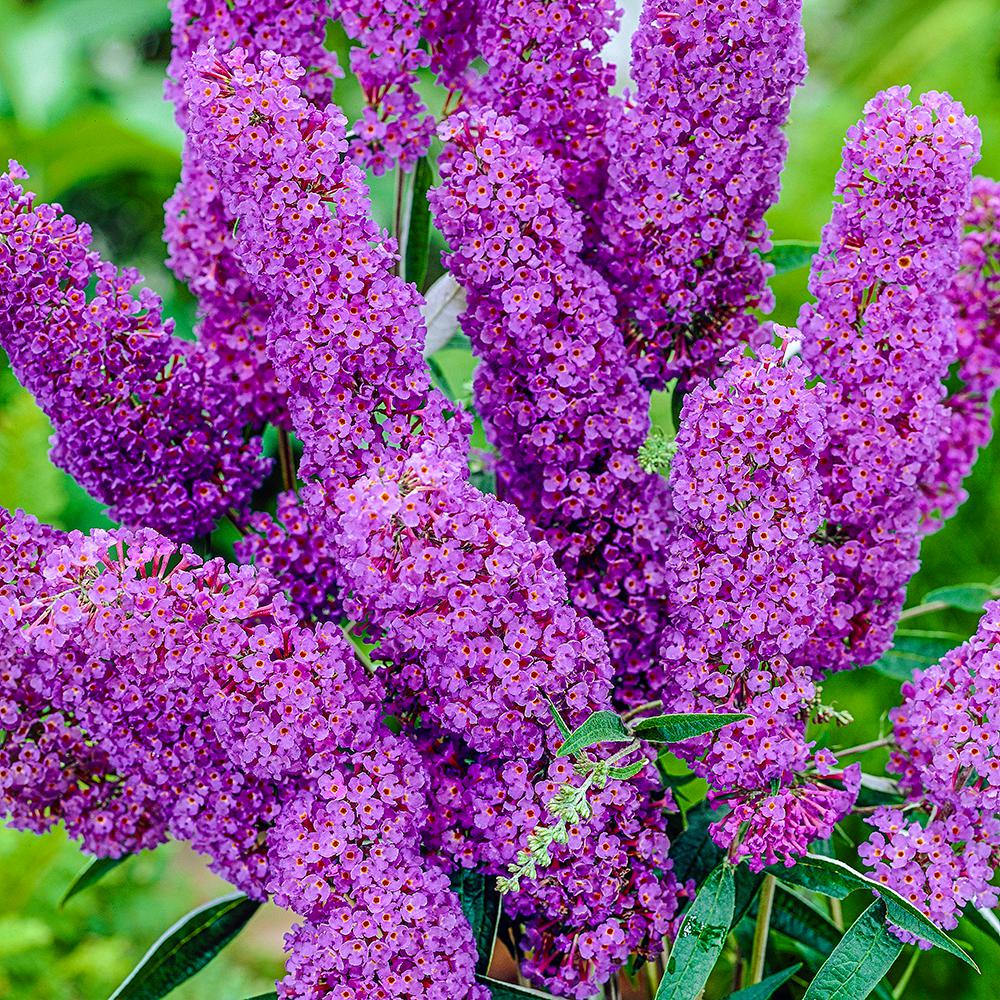
Butterfly Bush (Buddleja davidii)
Adorned with clusters of vibrant flowers that attract butterflies and hummingbirds, is another excellent choice for enhancing your yard's appeal. This deciduous shrub, known for its rapid growth and long bloom period, thrives in well-drained soil and full sunlight. With its arching branches and colorful blooms ranging from purple and pink to white and yellow, the Butterfly Bush adds a dynamic visual element to garden landscapes. Beyond its ornamental value, this hardy shrub supports pollinators, contributing to ecosystem health and promoting biodiversity. By incorporating Butterfly Bushes into your yard, you not only create a stunning display of color but also provide essential habitat and food sources for beneficial insects and birds, enriching the natural environment around your home.
Best Plants for Inside the House:
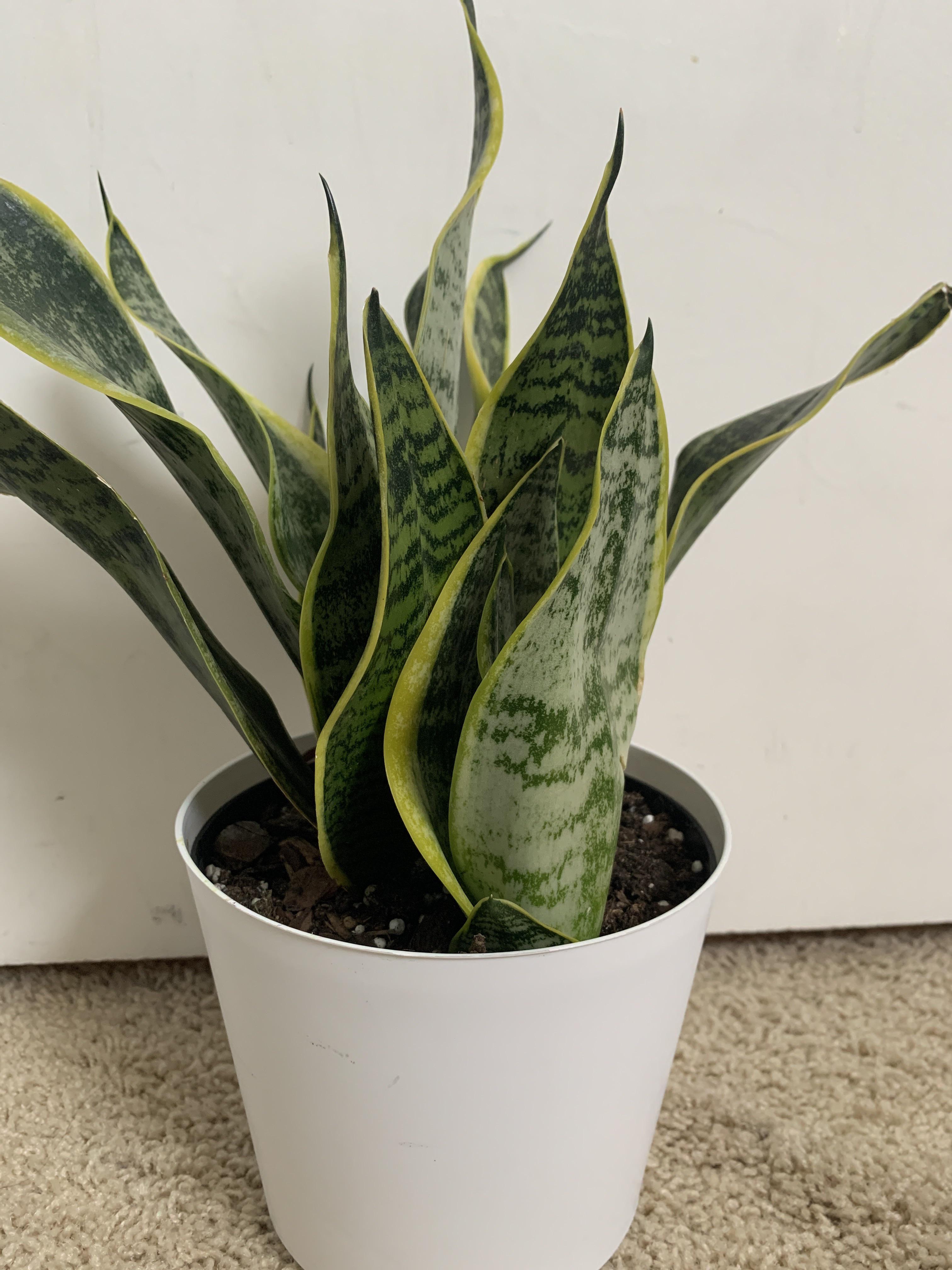
Snake Plant (Sansevieria trifasciata)
The snake plant, also known as mother-in-law's tongue, is a stalwart houseplant celebrated for its air-purifying qualities and low-maintenance nature. With its striking upright leaves and architectural form, this tropical plant adds visual interest to any indoor setting. Thriving in low light and neglect, the snake plant is perfect for busy households or those with limited gardening experience. Beyond its aesthetic appeal, this resilient plant removes toxins like formaldehyde and benzene from the air, promoting a healthier indoor environment. Whether placed in a corner or showcased as a centerpiece, the snake plant is a versatile and stylish addition to any home.
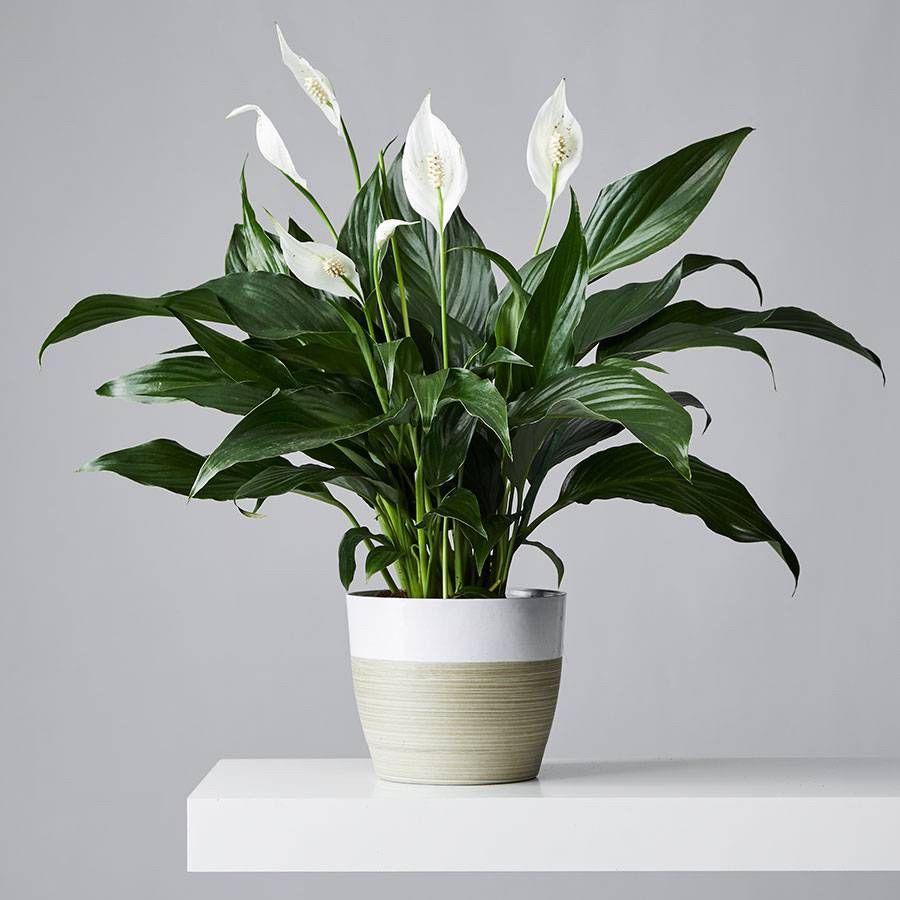
Peace Lily (Spathiphyllum)
The Peace Lily is prized for its lush green foliage and elegant white blooms, making it a popular choice for indoor gardens. With its graceful appearance and easy maintenance, the Peace Lily adds a touch of serenity to any interior space. Thriving in low to medium light conditions and moderate humidity, this resilient plant is well-suited for homes and offices alike. In addition to its aesthetic appeal, the Peace Lily is known for its air-purifying properties, effectively removing common indoor pollutants like formaldehyde, benzene, and carbon monoxide. By incorporating Snake Plants and Peace Lilies into your indoor decor, you not only enhance the beauty of your home but also enjoy the health benefits of cleaner, fresher air.
Best Plants for the Environment:
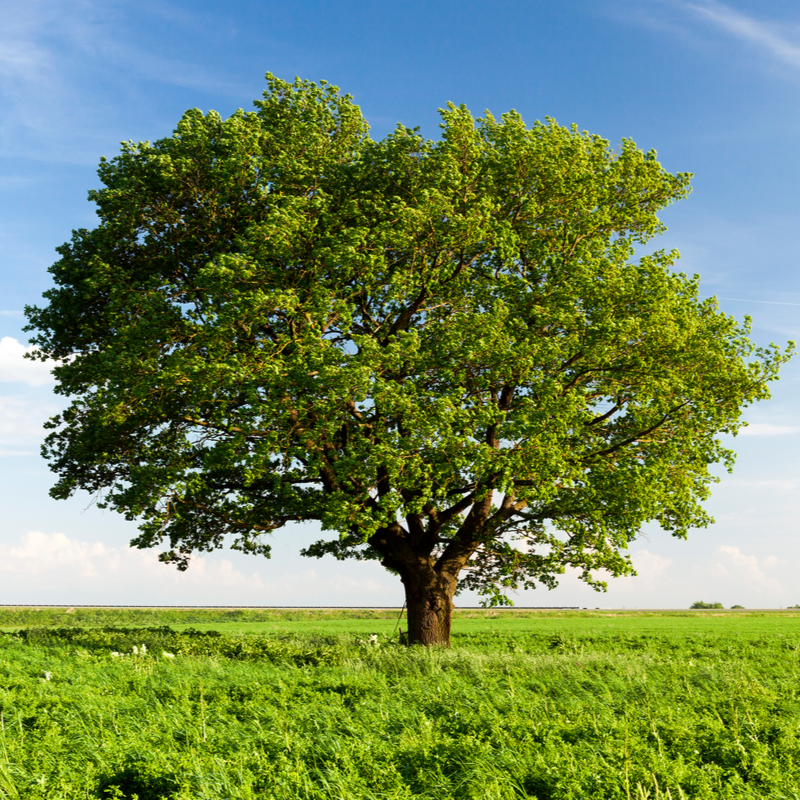
Oak Tree (Quercus)
The majestic oak tree stands as a symbol of strength, resilience, and environmental stewardship, making it one of the best plants for the broader neighborhood environment. As native trees in many regions, oaks provide critical habitat for wildlife, supporting countless species of birds, insects, and mammals. Their expansive canopies offer shade and shelter, creating microclimates that benefit surrounding plants and animals. Furthermore, oak trees play a vital role in carbon sequestration, helping mitigate the effects of climate change by absorbing and storing atmospheric carbon dioxide. By planting oak trees in our neighborhoods, we can contribute to urban forests, enhance biodiversity, and preserve natural ecosystems for future generations.
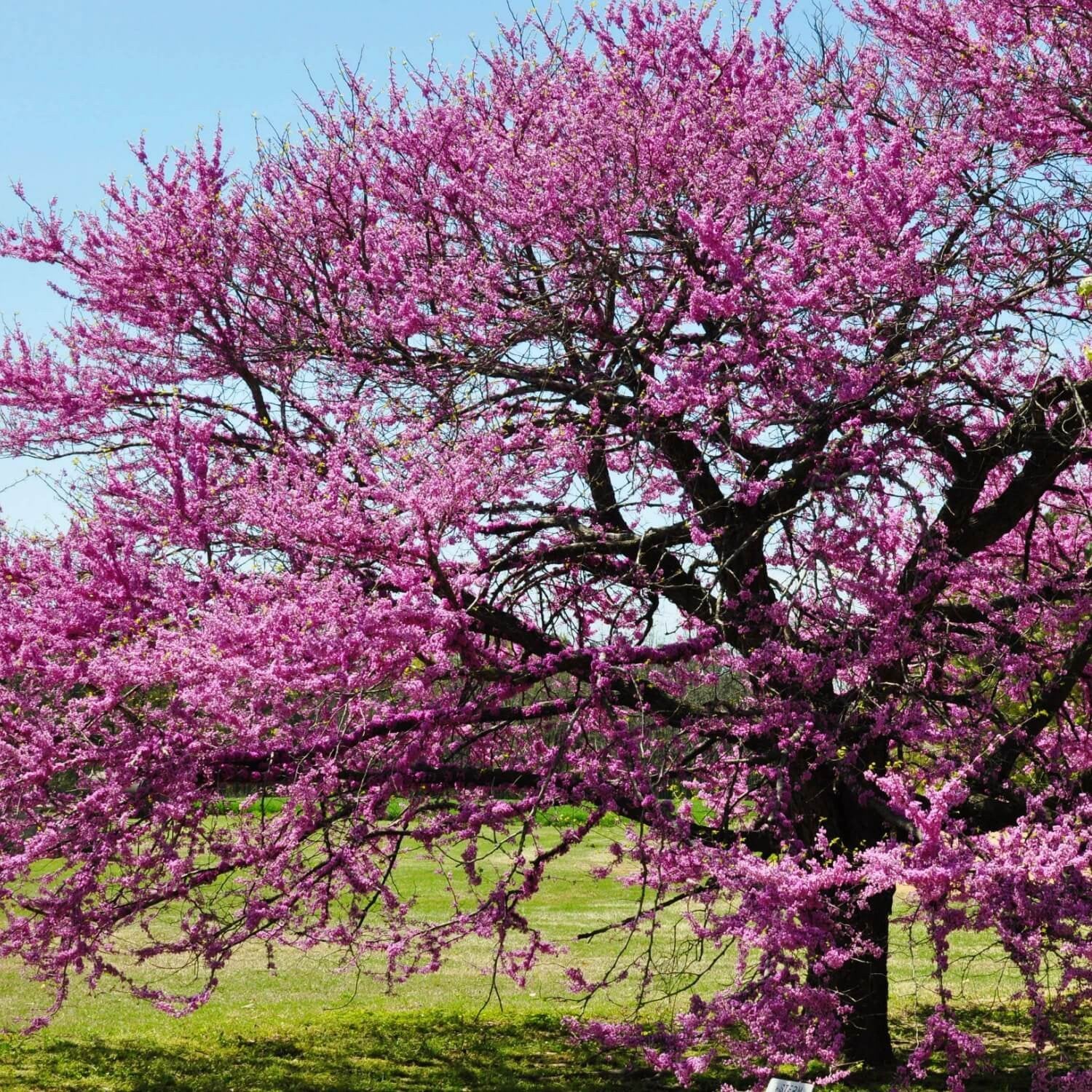
Eastern Redbud (Cercis canadensis)
the Eastern Redbud is a beloved native tree known for its stunning pink flowers and heart-shaped leaves. As an early bloomer, Eastern Redbuds provide crucial nectar and pollen for bees and other pollinators during the spring months. Additionally, Eastern Redbuds play a vital role in forest ecosystems, providing food and shelter for a diverse array of wildlife species. With its ornamental beauty and ecological value, the Eastern Redbud is an excellent choice for landscaping projects focused on enhancing biodiversity and supporting local wildlife populations.
From the serene beauty of lavender fields to the air-purifying prowess of indoor snake plants and the ecological importance of majestic oak trees, these top two plants offer a myriad of benefits for yards, indoor spaces, and the broader environment. If you are looking to redo your yard, patio or get started on your decluttering for spring, College Hunks can help you to celebrate a journey towards greener, healthier living.
